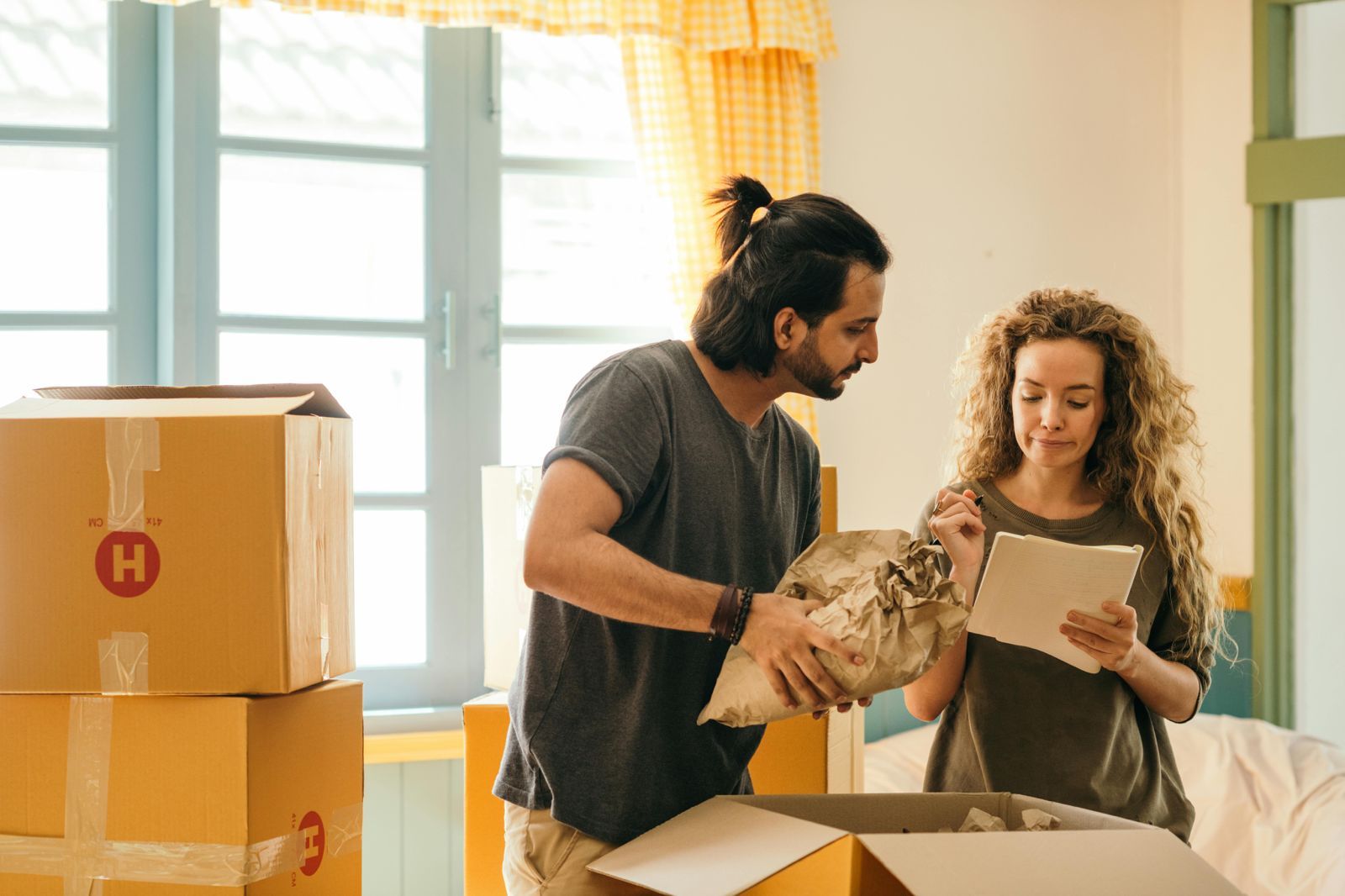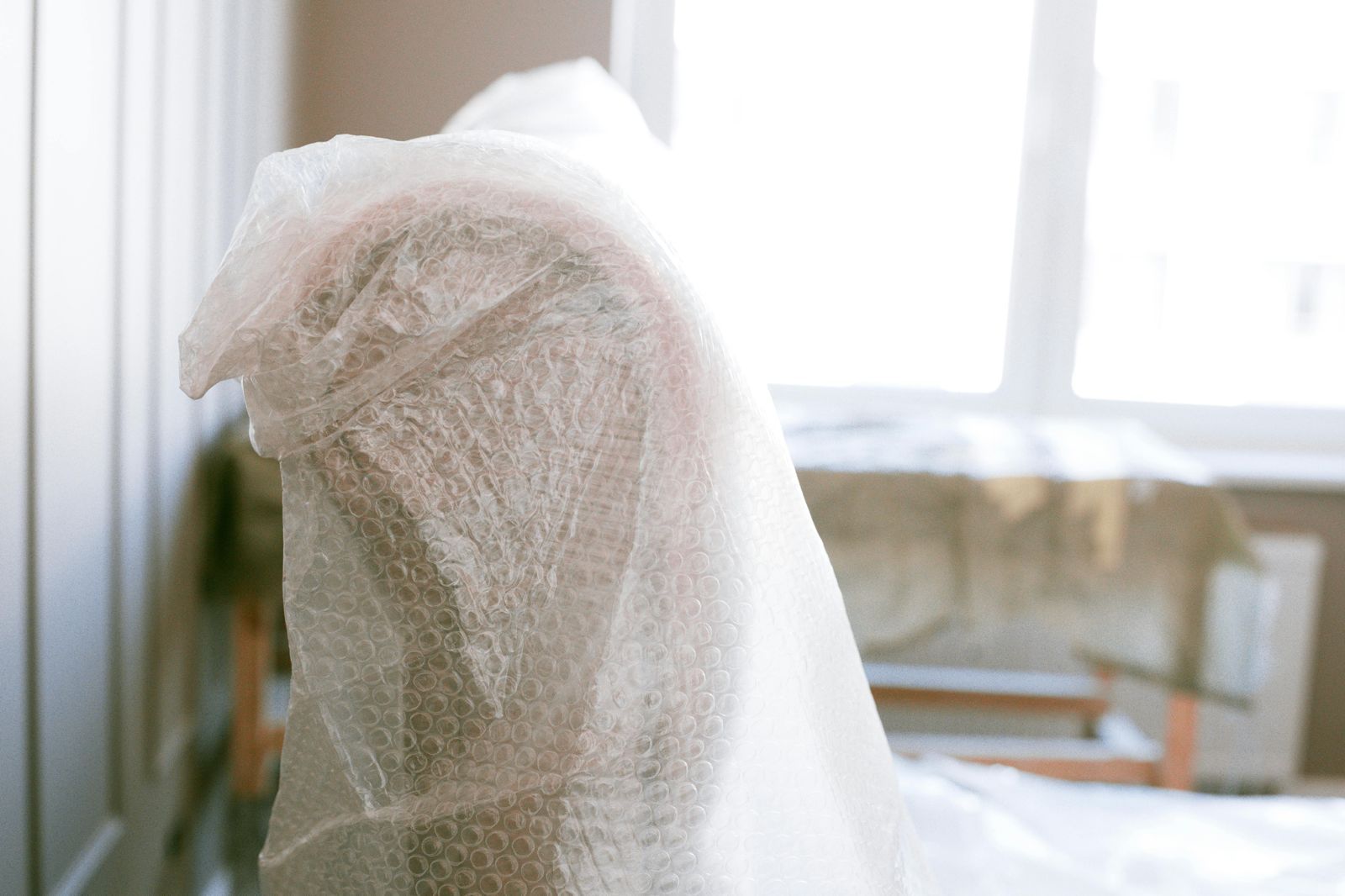Moving a Garden: How Professionals Transport Plants Safely
When it's time to relocate, your garden deserves as much care and attention as your furniture and personal belongings. Professional movers have developed specialised techniques to ensure your plants arrive at their new home healthy and ready to thrive. Let's explore how the experts handle the delicate task of transporting your green companions.
Preparation: The Key to Successful Plant Relocation
Before the big day, professional movers advise preparing your plants for the journey. This involves several important steps. First, trimming excess foliage reduces stress on the plant and makes it easier to transport. Next, moistening the soil a day or two before the move prevents it from drying out during transit. Lastly, inspecting for and treating pest issues ensures you're not bringing unwanted visitors to your new home.
Packing Techniques for Different Plant Types
Moving companies use various methods to secure different types of plants. For container plants, professionals often use sturdy boxes with holes for ventilation. They place the pots in these boxes, using packing material to prevent shifting and protect the foliage. When it comes to small to medium-sized plants, experts wrap them in breathable materials like burlap or paper, securing the soil and pot to prevent spillage. For larger specimens, movers may use "balling and burlapping." This involves wrapping the root ball in burlap and securing it tightly to keep the soil intact.
Transportation: A Smooth Ride for Your Green Friends
During the actual move, professional movers take several precautions to ensure the safety of your plants. They use temperature-controlled vehicles to protect plants from extreme heat or cold. Plants are positioned to prevent tipping and are kept away from heavy items that could cause damage. Experts aim to move plants as few times as possible to reduce stress.
Arrival and Replanting: Settling into a New Home
Upon reaching the destination, moving professionals prioritise unloading and placing your plants. They often advise gradually reintroducing plants to sunlight to prevent shock. Watering thoroughly after the move helps plants recover from the stress of relocation. In the days following the move, monitoring your plants for signs of stress and providing appropriate care is essential.
By following these professional techniques, your beloved
garden can successfully make the journey to your new home, ready to put down roots and continue growing. With the proper care and expertise, moving your plants can be a smooth and stress-free process for you and your green companions.










